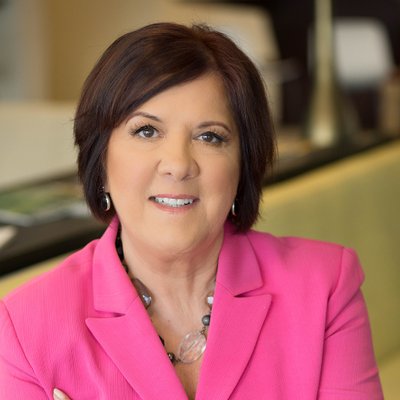Current retirement security is elusive for many. Half of all seniors had average savings of $83,500, according to a 2019 report from the Kaiser Family Foundation.
But the future impact of U.S. retirement insecurity threatens to sink younger employees from 45 to 64 years old, whose employers have begun to suspend or decrease—some indefinitely—their contributions to employee retirement plans.
Macy’s, Laz-Z-Boy, Tenet Healthcare. The list is bound to get longer as consumers make fewer purchases during COVID-19. Amtrak has suspended contributions indefinitely. During the Great Recession, 20 percent of U.S. employers stopped funding their defined contribution plans.
Business reporters can help their readers find ways to be proactive to save for the future by asking two questions:
How do readers plan to make up their employer’s contribution?
After the economy recovered from the Great Recession, most companies, a Willis Watson Towers survey found, started funding contributions to employee retirement plans, but some companies didn’t resume contributions for a few years. Four out of 10 workers reduced their 401(k) contributions by 40 percent because of the financial crash, said Richard W. Johnson, who directs the Urban Institute’s Program on Retirement Security.
Find out how many companies in your area have stopped contributing to their employee retirement plans. Talk to human resources staff and ask when they expect funding to resume. Then ask a financial planner and a Certified Public Accountant with the Personal Finance designation to calculate the loss of an employer’s typical matching contribution over three, six, nine, and 12 months, and put out a blast on social media.
How do readers who work at one of these companies plan to make up their employer’s shortfall? Can they increase their savings? What strategies are they thinking about?
How can readers keep saving for retirement?
Those who qualify for a CARES COVID-related distribution can take a hardship withdrawal, without paying the 10 percent penalty, from an Individual Retirement Account or 401(k) or a 403(b) plan. But over the three-year period allowed, they may end up paying back the funds when stocks are more expensive, says Christine Benz, Morningstar’s Director of Personal Finance, who offers “Ten Sources of Cash in a Crisis” as an alternative here.










